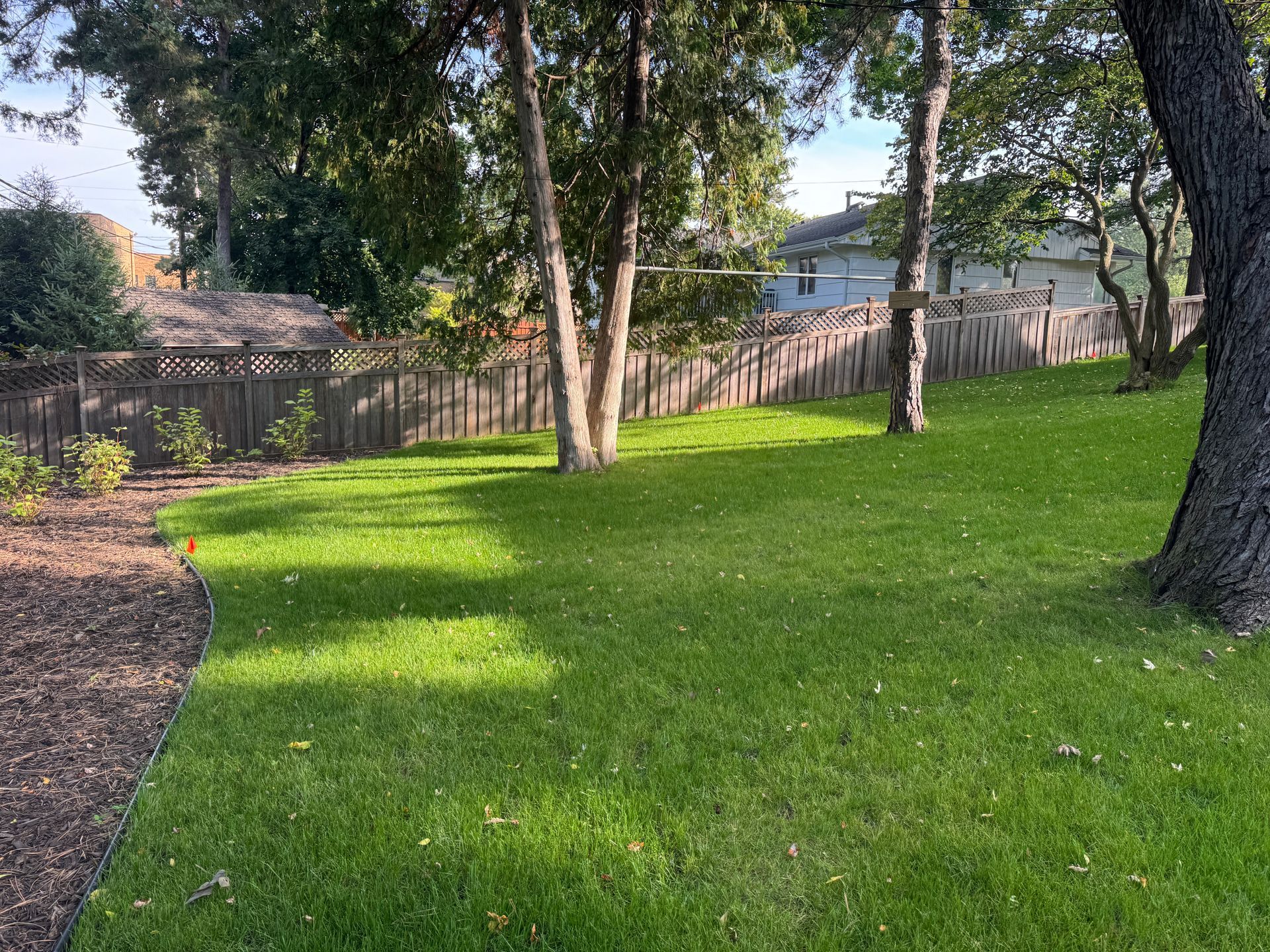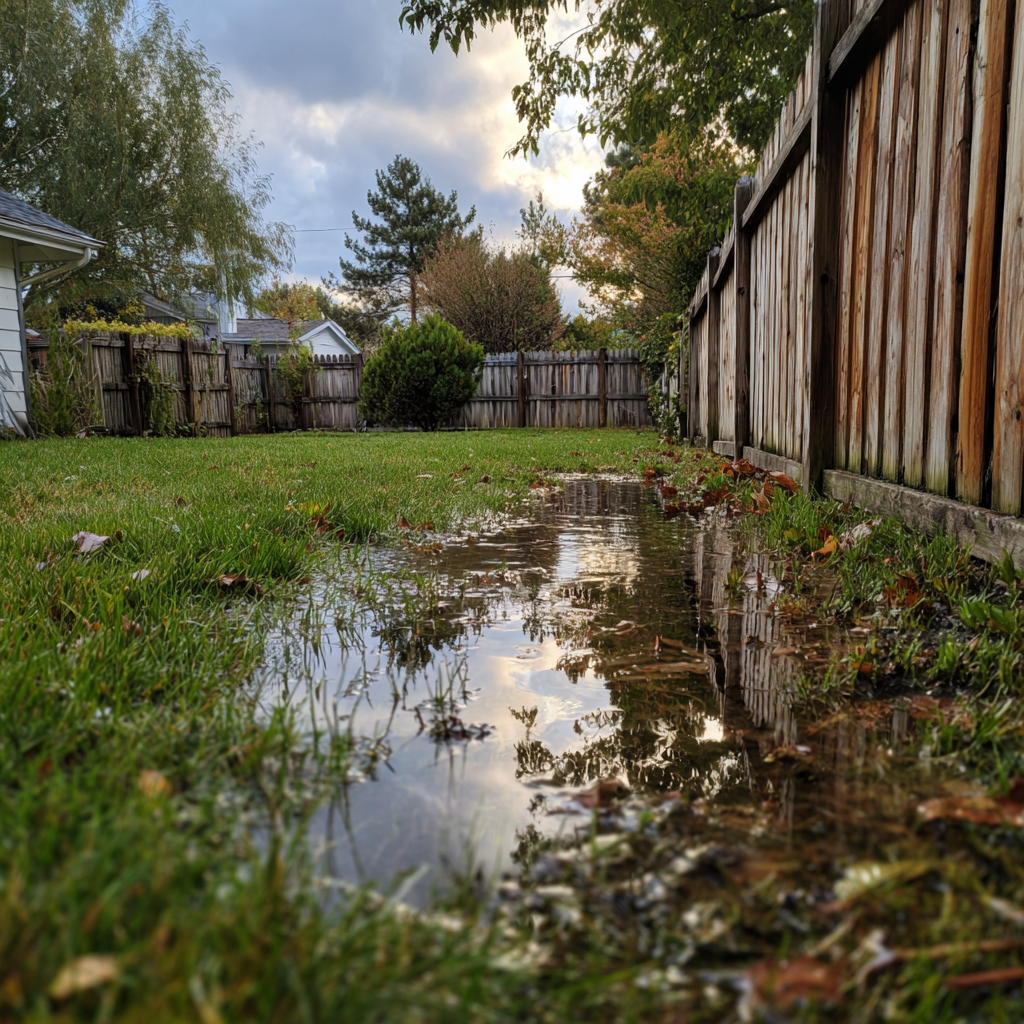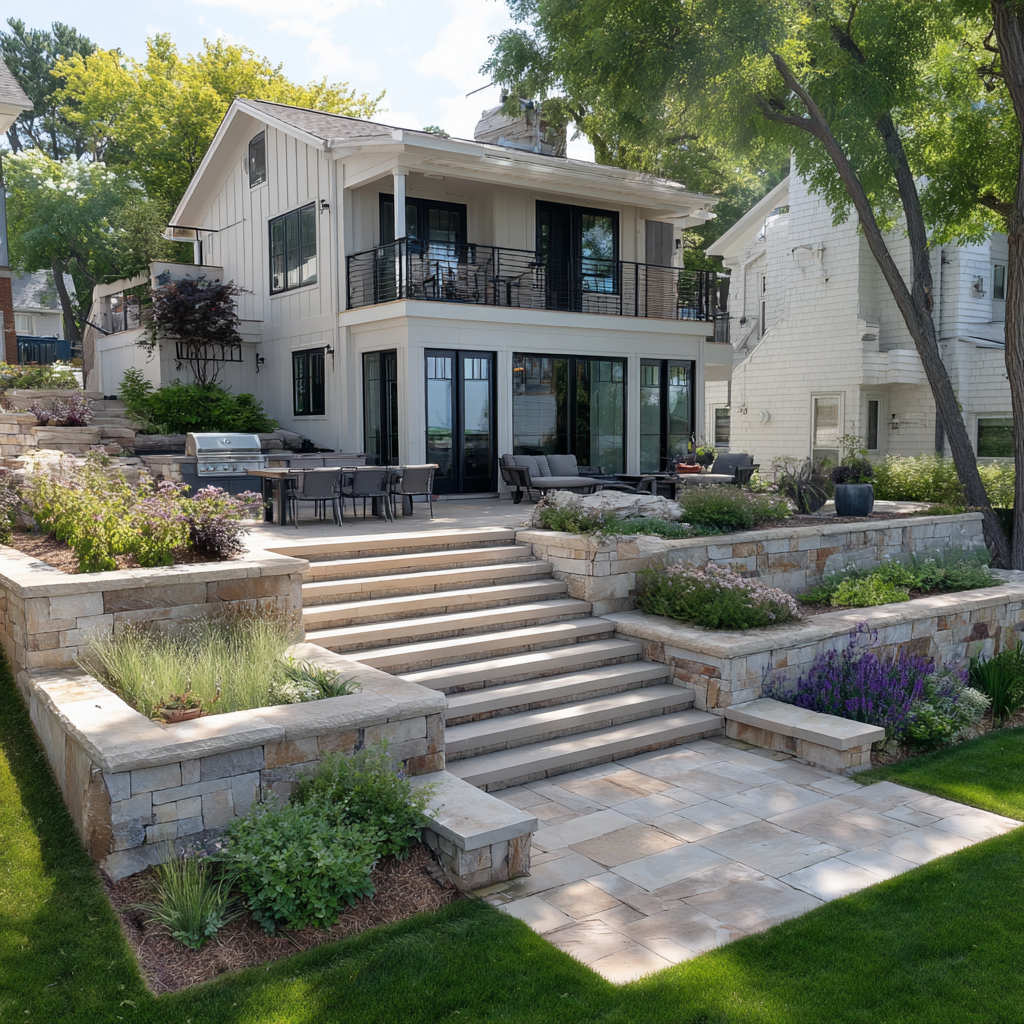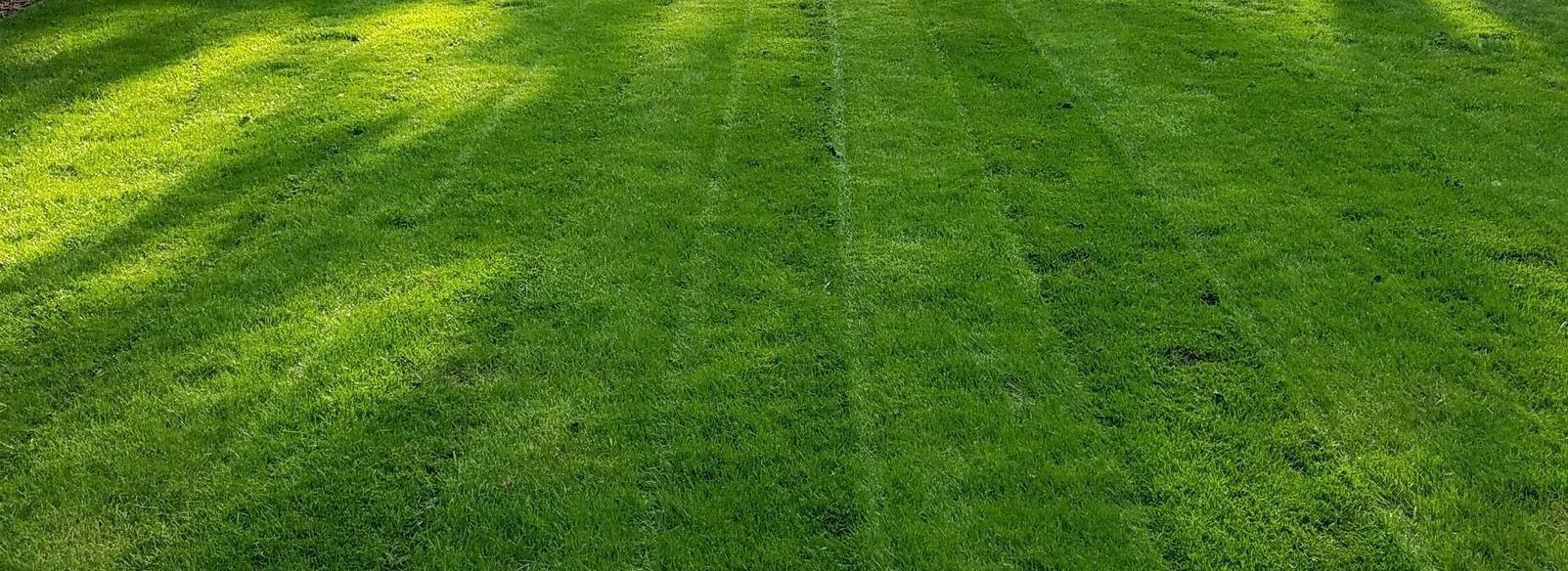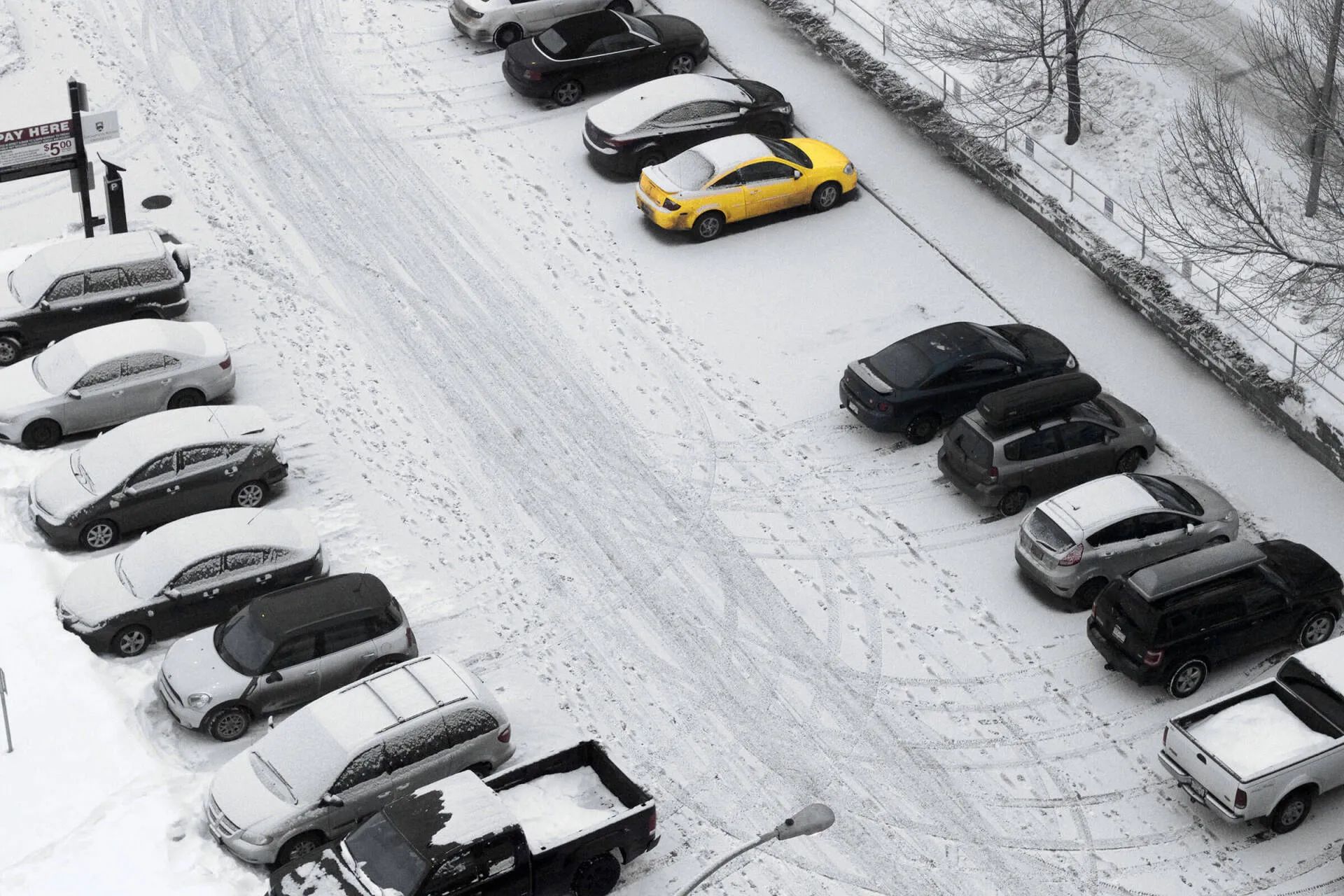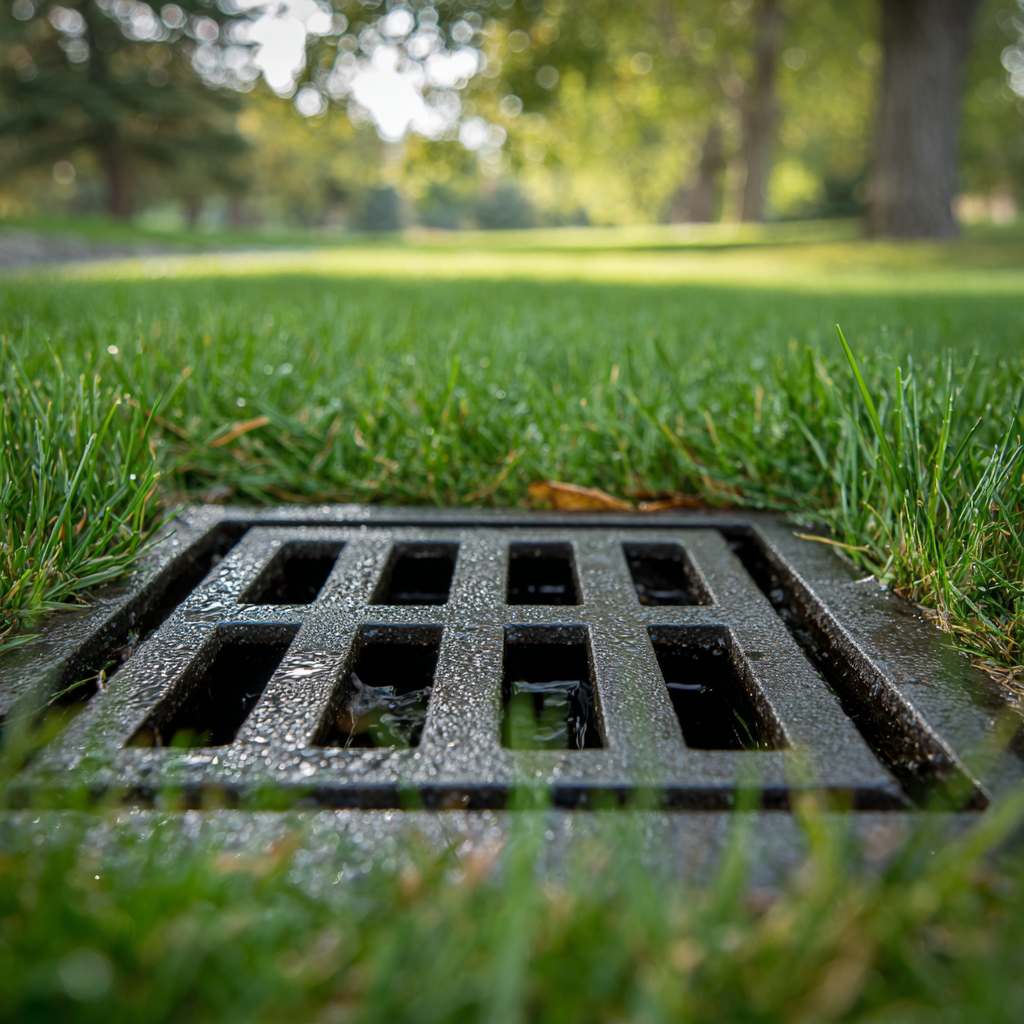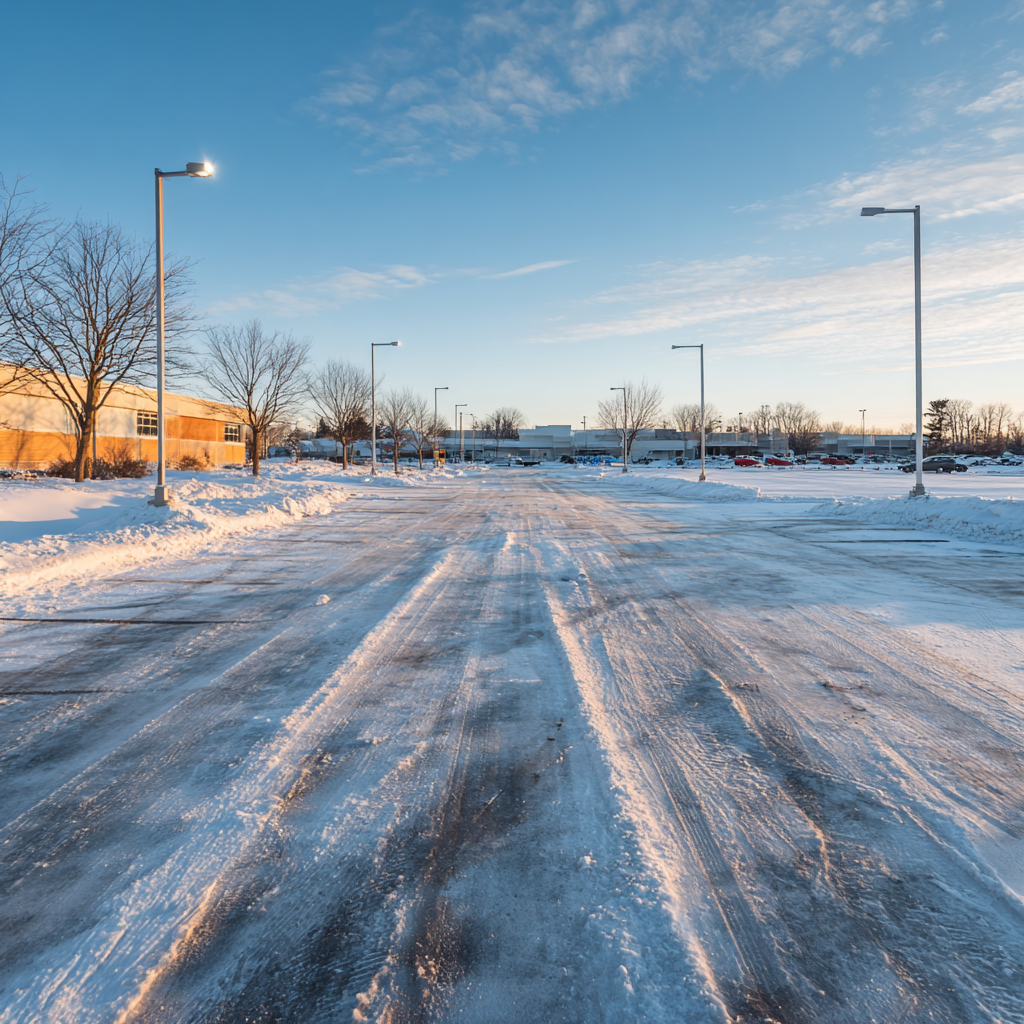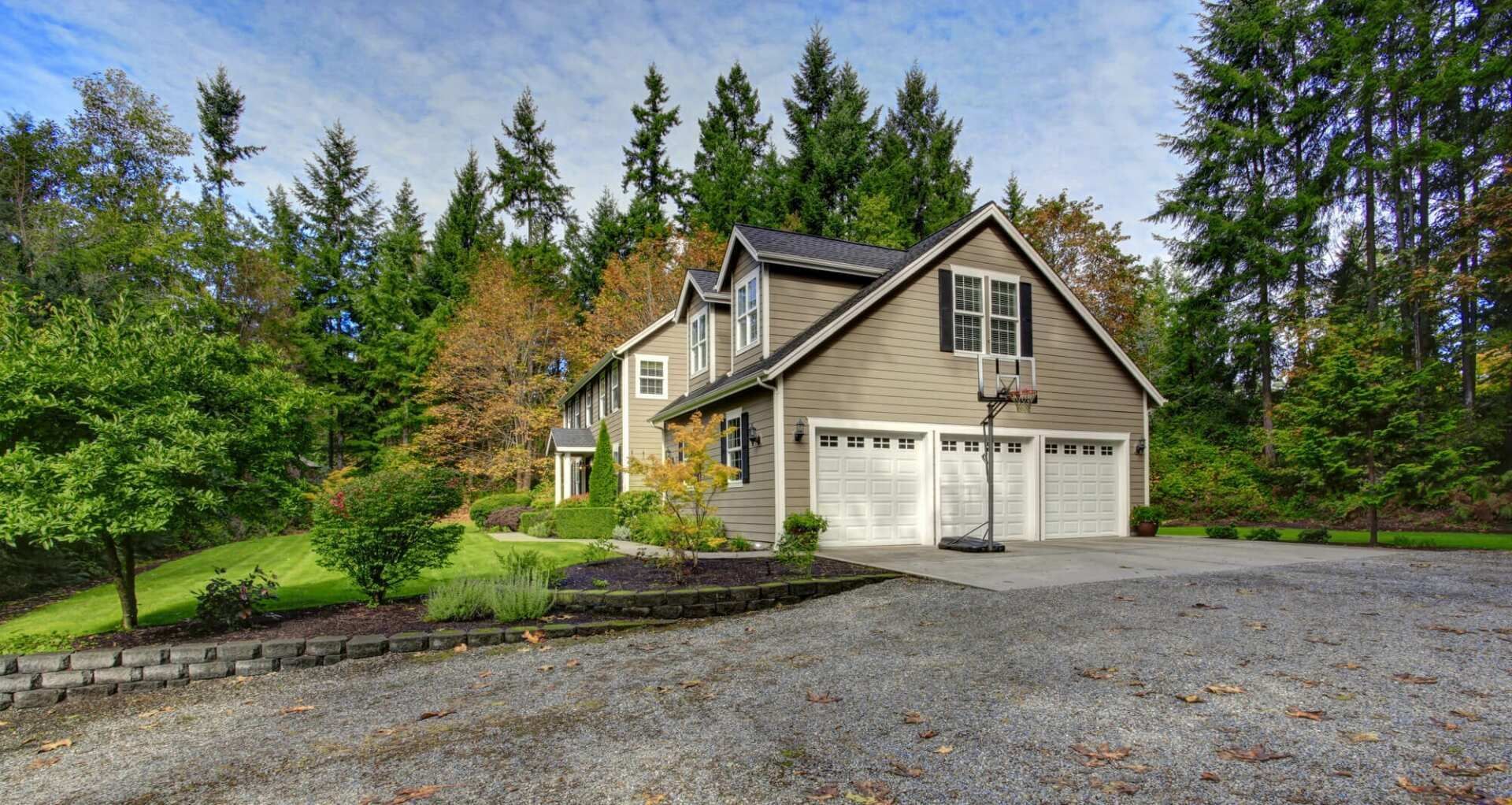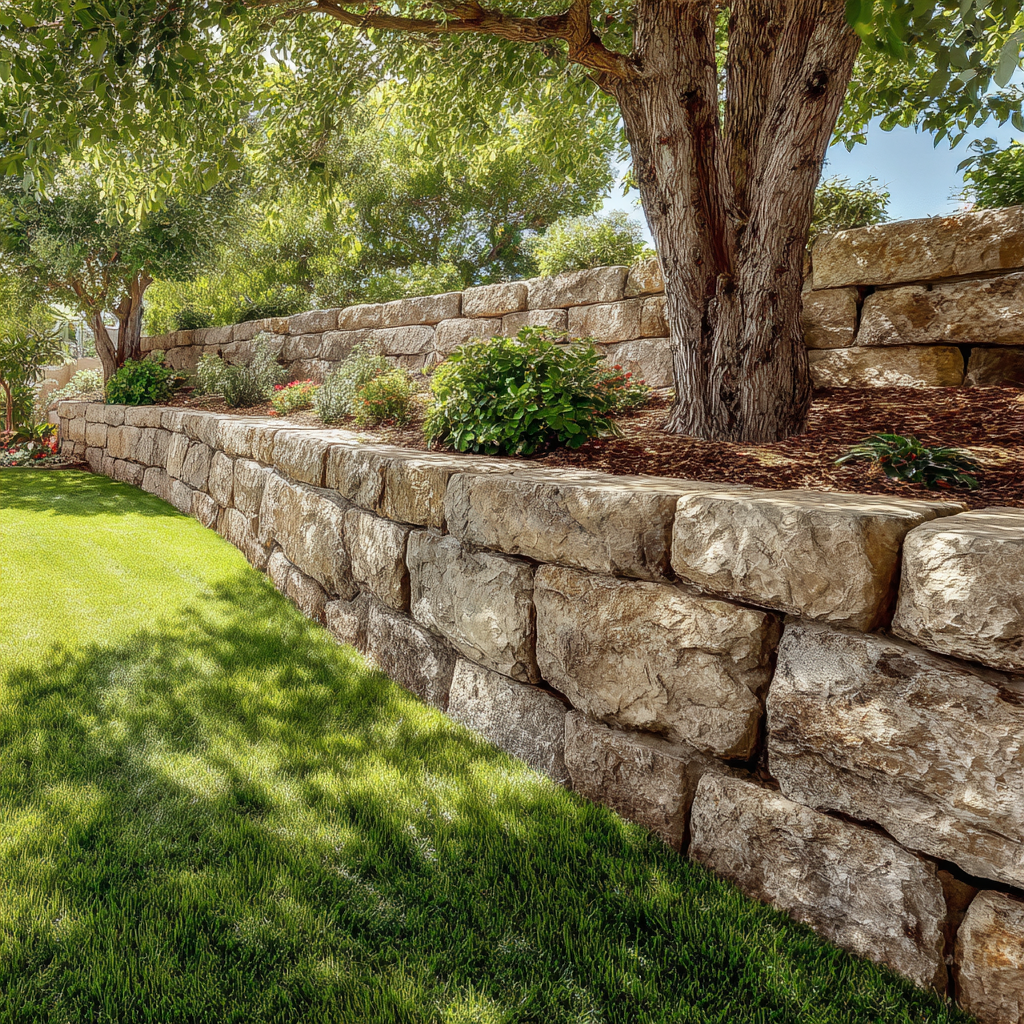Backyard Fire Features in Edina: Professional Guide to Fire Pits, Fireplaces, and More
Fire Features in Edina: Creating Warm, Inviting Spaces That Last
Picture an evening in Edina: friends gathered around the fire, glasses of wine in hand, the backyard glowing with warmth. Fire features aren’t just amenities—they’re the centerpiece of gatherings. But here’s what most homeowners don’t realize: placement and design determine whether that investment becomes a year-round highlight or something that rarely gets used. This article explores how to design fire features that draw people in while avoiding the pitfalls that make them costly disappointments.
Don't Make This One Mistake
Let me tell you what I see repeatedly in Edina's tree-lined neighborhoods. A family gets excited about adding a fire feature to their backyard. They walk to the furthest corner, point to some unused space, and say, "That would be perfect for a fire pit!"
Here's what I always tell them: "You're never gonna walk there."
Think about it. After dinner on a Tuesday evening, when you want to sit outside with a glass of wine, are you really going to trek to the back corner of your yard, haul over chairs, and set up camp 50 feet from your house? Or are you going to step onto your existing patio where the outdoor furniture already lives?
The fire features that get used—I mean really used, not just on special occasions—are the ones that enhance spaces where people already want to spend time. They work with your family's natural patterns instead of trying to create entirely new ones.
I've seen homeowners spend $12,000 on gorgeous custom masonry fire pits that sit unused because they're positioned like destination spots instead of natural gathering extensions. Meanwhile, families with simple fire features placed strategically near their existing patios use them constantly because it's easy to transition from dinner cleanup to fireside conversation.
Built-In vs. Portable: The Flexibility Question
Here's where things get interesting. Everyone assumes built-in fire pits are automatically better because they're permanent and custom. But I'm increasingly recommending something different for many Edina families: designing flexible multi-purpose spaces that can accommodate both fires and other activities.
Think about it this way—do you really want to dedicate a large section of your patio permanently to fire seating? What happens when you want to host a graduation party and need that space for a buffet table? Or when the kids want to set up a movie projector for outdoor movie night?
That's where portable options like Solo Stove fire pits start making sense. You can design a beautiful stone patio space that works perfectly for a portable fire feature when you want fires, but transforms into open entertaining space when you need it for other purposes. The fire feature enhances your space without dominating it.
Built-in fire pits still make sense when you have enough outdoor space to dedicate specific areas permanently to fire seating, or when the fire feature needs to anchor a larger design scheme. But the key word is "enough space"—and in many Edina backyards, flexible design serves families better.
Pro Tip: Before committing to permanent built-in features, spend a few evenings actually sitting in your proposed fire pit location. If it feels too far from your house or disconnected from your normal outdoor activities, consider alternatives.
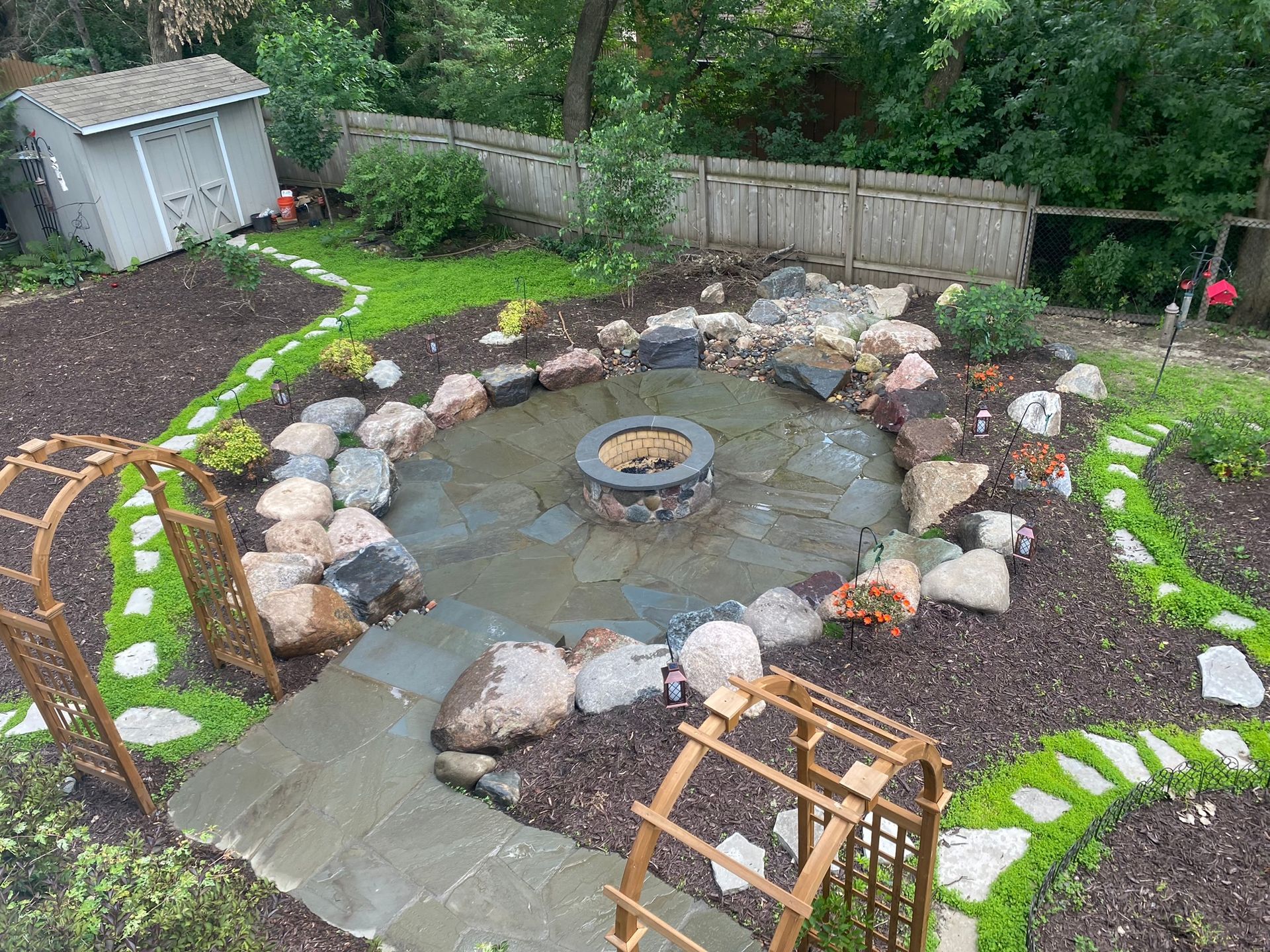
The True Cost of Gas vs. Wood: Beyond Installation
When clients ask about gas fire features, they're usually thinking about convenience—flip a switch, instant flames, no wood storage or cleanup. What they're not prepared for is the real investment required.
Running a gas line to your fire feature will typically cost between $2,500 and $4,500. That's just for trenching and piping—it doesn't include the actual fire feature or the burner system that converts natural gas into flames. Add another $1,000 to $2,000 for equipment and professional hookup. You're looking at $5,000 to $8,000 before you even get to the actual fire feature construction.
But here's what really surprises homeowners: the ongoing costs. Gas fire features require annual professional maintenance, and burner components typically need replacement every 5-10 years. When clients do the math, many realize they could buy a lot of seasoned firewood for the difference.
Gas features make sense when convenience truly matters—busy families who want ambiance without effort, or people who plan to use their fire feature frequently enough to justify the investment. They're less compelling when you're comparing them to wood-burning options that have virtually no maintenance costs beyond occasional cleaning.
One advantage gas features do have: stand-up chimney units can often be placed closer to homes than traditional fire pits. While wood-burning features typically must be at least 25 feet from structures, gas units may be permitted closer, subject to local codes.
Pro Tip: If you're considering gas, factor in the annual maintenance costs and eventual equipment replacement. The true cost of ownership often exceeds what homeowners expect initially.
Custom Masonry vs. Kits: What $5,000 Actually Buys You
Here's where I get blunt with clients: not all fire pits are built the same, and the difference will show up in about five years.
Custom masonry fire features use true fire brick lining—brick specifically engineered to handle repeated heating and cooling without cracking or deteriorating. We build these with proper foundations, fire brick interiors, custom stone exteriors, and finished capstone work that looks intentional and polished.
Pre-fabricated kits use standard concrete blocks that aren't designed for fire exposure. They might include steel insert rings for protection, but these don't provide the same longevity as proper fire brick construction. The kits cost less upfront and install faster, which makes them tempting.
Here's what happens next: after a few Minnesota winters of freeze-thaw cycles combined with fire heating, those concrete blocks start showing stress. Cracks appear. The mortar starts failing. What looked identical to custom masonry when new starts looking like what it is—a kit assembly that wasn't built to last.
I tell clients this because I want them to make informed decisions. If budget requires a kit approach, fine—but understand it's likely a 7-10 year solution, not a permanent landscape feature. For Edina properties where landscaping investments should complement home values, custom masonry typically provides better long-term value.
Pro Tip: When comparing bids, ask specifically about fire brick lining and foundation preparation. If a contractor can't explain these elements clearly, they're probably planning kit installation regardless of what their proposal suggests.
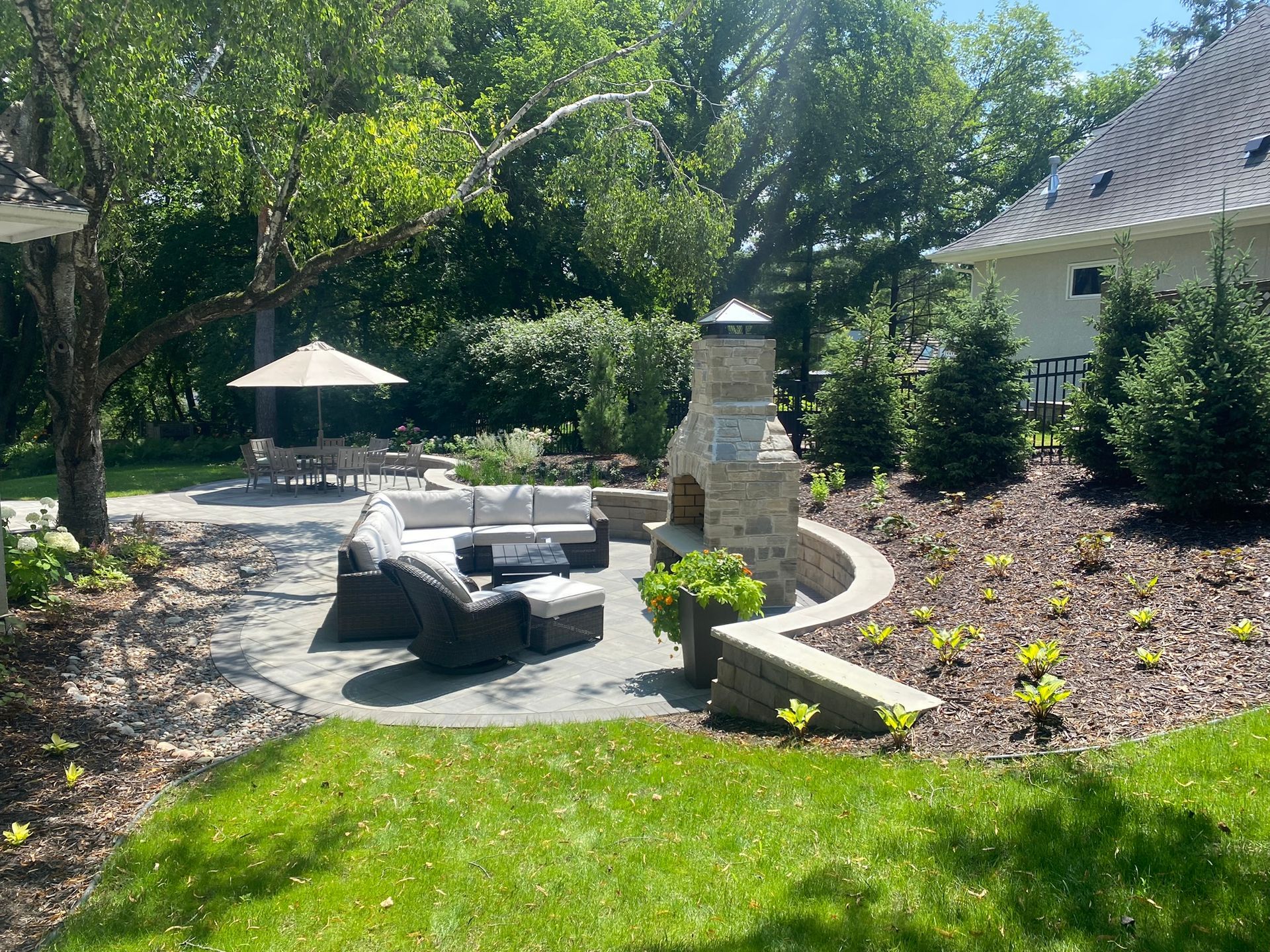
Strategic Placement: The Make-or-Break Decision
This is where most homeowners get it wrong, and it's the difference between a fire feature that becomes central to family life and one that becomes a landscaping regret.
Before you think about fire pit styles or gas vs. wood, answer this question: where does your family naturally gather outdoors right now? If you already have a patio or deck where you eat dinner, have morning coffee, or supervise kids playing, that's your starting point.
The goal isn't to create a separate fire destination—it's to enhance your existing outdoor living pattern. Position the fire feature where people can easily transition from other activities to fireside gathering. Maybe that's adjacent to your dining area, so dinner conversation naturally continues around the fire. Maybe it's positioned where parents can maintain sight lines to play areas while enjoying evening relaxation.
In Edina's neighborhoods, you also need to consider mature trees—both as opportunities and constraints. Large oaks and maples provide natural windbreaks and beautiful backdrops, but they also drop leaves and may have root systems that limit installation options. The key is working with these elements rather than fighting them.
One thing homeowners often miss: think about views from inside your house. You'll see your fire feature area even when you're not using it, so it should enhance rather than detract from what you see through your windows during daylight hours.
Pro Tip: Spend time in your yard during different weather conditions and times of day before finalizing placement. Note where wind typically blows smoke, where you naturally want to sit, and what views matter most to you.
Making the Right Choice for Your Property
The best fire feature isn't the most expensive one or the most elaborate one—it's the one that matches how your family actually lives and entertains outdoors.
Consider your maintenance preferences. Wood-burning features require sourcing fuel, removing ash, and seasonal cleaning, but many families enjoy these rituals as part of the fire experience. Gas features eliminate these tasks but require professional maintenance and have ongoing operational costs.
Budget both initial investment and long-term costs. Custom masonry costs more initially but typically provides decades of service with minimal maintenance. Kit installations cost less upfront but often need repairs or replacement within 10-15 years.
Local regulations matter too. Edina has specific setback requirements, burning restrictions, and permit processes. Professional contractors navigate these requirements and ensure compliant installations—which is crucial because violations can require expensive removal and reconstruction.
Ready to explore fire feature options that actually match how your family lives outdoors? Let's start with understanding your property's specific opportunities and constraints.
FAQs
What's the difference between fire pits and outdoor fireplaces for Edina properties?
Fire pits create 360-degree gathering spaces where people can sit around the entire perimeter, making them ideal for larger groups and casual entertaining. They cost less to install and offer more placement flexibility. Outdoor fireplaces create intimate, directional seating arrangements and often include features like mantels, storage, or cooking surfaces, but require more substantial foundations and construction investment.
For tree-lined neighborhoods like Edina's, fire pits often integrate more easily with existing landscapes because they don't compete with architectural features or require extensive structural work around mature tree root systems. Fireplaces work well when they can anchor specific seating areas or create privacy screens, but they represent significantly larger investments—typically $15,000-$30,000 compared to $8,000-$15,000 for quality fire pits.
How do local ordinances affect fire feature placement in Edina?
Edina requires fire features to be at least 25 feet from structures, property lines, and combustible materials, though gas features and stand-up chimney units often have reduced setback requirements. The city also regulates burning hours and may restrict open burning during drought conditions or high wind advisories.
Professional contractors handle permit applications and ensure compliance with all local requirements, which is particularly important because violation notices can result in mandatory removal of non-compliant features. This is far more expensive than proper installation initially. Many neighborhoods also have homeowner association requirements that may be more restrictive than city codes, particularly regarding architectural compatibility and usage hours.
Working with experienced contractors who understand local requirements prevents costly compliance issues and ensures your investment is protected long-term.
Should I choose wood or gas fuel for my fire feature?
Wood-burning features offer authentic fire experience with crackling sounds, natural aromas, and the ritual many families enjoy around fire preparation and maintenance. Operating costs are minimal—just firewood—and maintenance involves ash removal and occasional cleaning. However, they require fuel storage and produce smoke that may affect neighbors.
Gas features provide instant flames, consistent heat, and no cleanup, but require substantial initial investment ($5,000-$8,000 for line installation and equipment) plus ongoing maintenance costs. Annual professional inspection is required, and burner components typically need replacement every 5-10 years.
For most Edina families, wood-burning features provide better value unless convenience is the primary priority. The experience differs significantly—gas flames lack the sensory elements many people associate with fire gathering, while wood fires create more authentic ambiance but require more involvement.
Can I retrofit a fire feature into my existing patio space?
Adding fire features to existing patios is often possible but requires structural evaluation and may need reinforcement to support additional weight. Existing hardscaping must maintain proper clearances from combustible materials including deck railings, pergolas, or overhead structures.
The advantage of integrating with existing spaces is enhancing areas where your family already gathers, which typically results in much higher usage than standalone installations. However, retrofitting can be more expensive than original construction due to access limitations and the need to protect existing work during installation.
Professional assessment can determine feasibility within your current outdoor spaces and identify any modifications needed for safe, code-compliant installation. This evaluation should happen before finalizing fire feature selection since placement constraints may influence the size and type that works best.
How much ongoing maintenance do fire features require?
Wood-burning features need regular ash removal, annual cleaning of fire bowls or chambers, and periodic inspection of mortar joints and fire brick lining. Winter preparation includes covering grates and ensuring drainage isn't blocked by leaves or debris. Spring startup involves cleaning accumulated materials and checking for freeze damage.
Gas features require annual professional inspection of gas lines, burner systems, and safety controls. Burner components typically need replacement every 5-10 years depending on usage frequency. Both types benefit from professional inspection every 3-5 years to identify potential issues before they become safety hazards or require major repairs.
Proper maintenance extends fire feature life significantly. Well-maintained installations provide decades of reliable service, while neglected features often need expensive repairs or complete replacement within 10-15 years. Professional contractors can provide specific maintenance schedules and service recommendations based on your installation type and usage patterns.
What should I budget for a quality fire feature installation?
Custom masonry fire pits typically range from $8,000-$15,000 depending on size, materials, site complexity, and local access challenges. This includes proper foundation work, fire brick lining, professional installation, and permits. Gas features add $3,000-$6,000 for line installation and equipment, bringing totals to $12,000-$20,000 or more.
Outdoor fireplaces represent larger investments, typically $15,000-$30,000 for custom masonry construction including chimneys, mantels, and integrated features. Prefabricated fireplace kits reduce initial costs but may not provide the longevity or architectural integration that complement Edina property values.
These ranges reflect quality installations including proper permits, professional design, and materials appropriate for long-term performance. Lower-cost options are available but often require repairs or replacement sooner, making lifetime costs comparable to quality installation initially. For luxury properties, investing in professional installation typically provides better long-term value and ensures local compliance.

